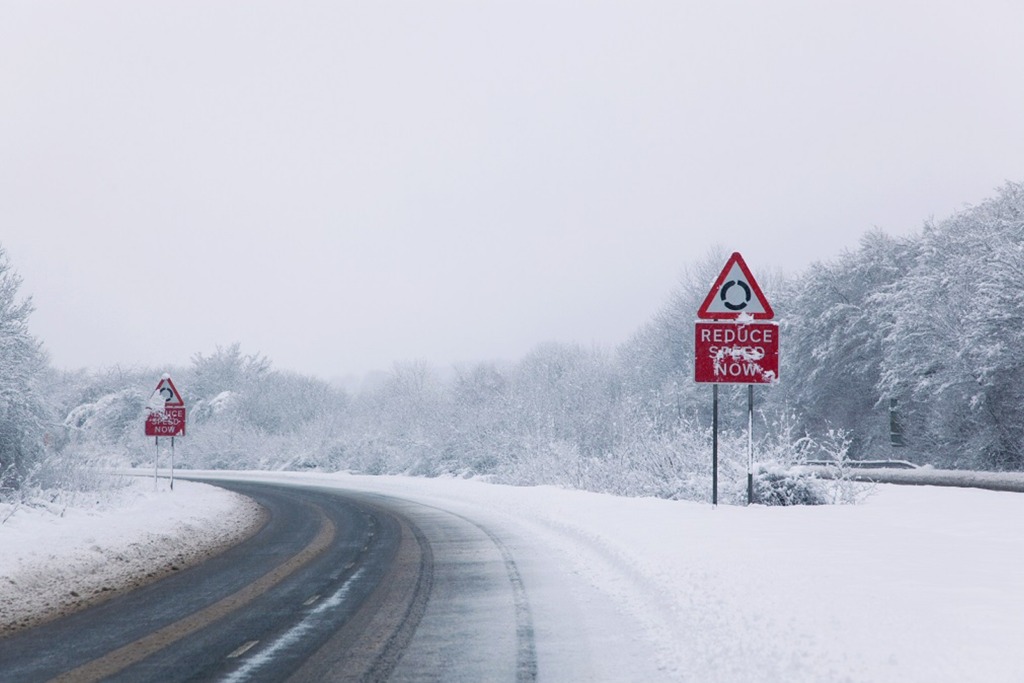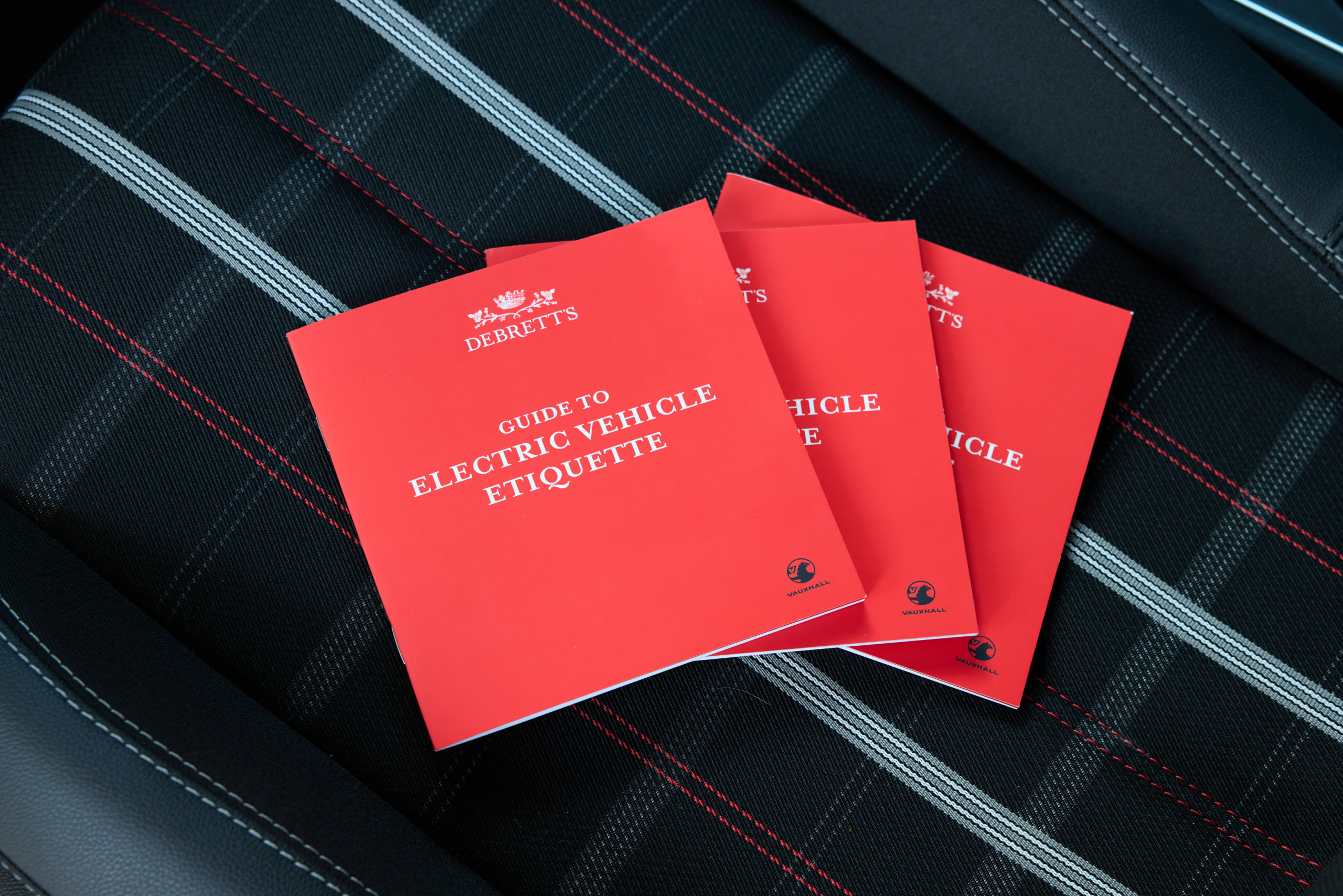Winter driving and riding conditions tend to be difficult, so now is a good time to remind ourselves how to drive safely when the temperature drops below zero whilst ensuring our tyres are up to scratch. With freezing conditions certain in deepest winter, it’s time to take extra care when travelling on the roads.
Whether you’re travelling on two or four wheels, how they perform is a key function and they are your main point of contact with the surface of the road whatever type of vehicle you are in or on. Ask yourself ‘how often do you check your tyres?’ It’s advised that we should be checking our tyres regularly, a quick glance before we drive and thoroughly for pressure and tread depth every couple of weeks for any wear and tear. At this time of year, our tyres are working harder to grip that road. Here are 9 tips for winter driving.
1. Follow winter Driving Advice
Look at the weather forecasts and check warnings before you leave home. There are mobile apps available that send you alerts in your area or for the route you are planning to take. If the weather conditions are severe in your area, you should take notice of police advice and stay at home. In exceptional circumstances if you must go out, then make sure you drive safely with extra caution on icy roads.
2. Increase Your Stopping Distance When Winter Driving
When the temperature drops, you’ll need to consider stopping distances. Increase your following distance from the car in front and approach every junction expecting to stop well before the stop or give way line. Every steering, acceleration or braking input should be as smooth and gentle as possible; select 2nd gear when you pull away in icy conditions. An automatic may have an option for a reduced torque pull away.
3. Keep Your Car Clean for Winter Driving
Salt will often make the windscreen, headlights, number plate and rear parts of your car very dirty. Cars without headlamp washers will lose an estimated 40% of luminosity in about 20 miles on a damp, gritted motorway. When travelling long distances, it is advised that you stop regularly at service stations to clean your windscreen and headlights with a cloth. Keep a filled bottle of water in the car boot to give your lights, windows and mirrors a quick wash over. A handy investment is to keep your windscreen washer reservoir topped up with a good mix of screen wash.
It’s important that you keep your car clean throughout the winter as the salt in grit can cause corrosion to any exposed parts. Ensure that you thoroughly wash the underneath of your car when you can to stop salt from settling. Don’t forget to wash/rinse alloy wheels too; the smallest scratch can quickly become a large, corroded area.
4. Don’t Ignore Warning Lights When Winter Driving
Never ignore any warning lights. If one appears then get it checked out sooner rather than later. Being stuck on the side of the road is never good but breaking down in freezing conditions is a high-risk situation. Vospers offer a range of replacement parts and have skilled mechanics to help you fix any issues with your car, if you need help with any issues with your vehicle you can get in touch here.
5. Preparation is Key for Winter Driving
Always carry a winter driving kit including an ice scraper, de-icer, blanket, torch, shovel, something to eat and a fully charged mobile phone.
If you want to consider some alternative, maybe slightly greener, or resourceful. Ideas include using a potato (cut in half) to rub over the car the night before as the Glycerol acts as an anti-freeze. You could also consider covering your windscreen with a towel the night before. If you need any items to build your winter driving kit take a look at what we have to offer here.
6. Avoid Overtaking when Winter Driving
When driving on a busy road avoid overtaking a gritting lorry as the road ahead may not be treated yet. If you have any doubt, don’t risk it. And make sure to never overtake a snow plough in heavy snow conditions.
Remember with the new Highway Code rule changes just around the corner, courtesy to other road users will become a priority. Don’t forget motorbikes and other two-wheel vehicles maybe at more risks. Again, think of our equestrian road users. Just be considerate to those around you. Road safety is about protecting you and others. You can’t control what they do but you can think and act to support all road users.
7. Drive Cautiously When Winter Driving
While roads may be gritted, some areas may not be completely treated which can leave ice patches exposed and ice may still form in shaded areas. You should therefore drive at a steady pace, ensuring the safety of you and your passengers. On the roads you use regularly, watch out for water running across the carriageway as this can wash away salt.
8. Ensure the Tread on Your Tyres is Suitable for Winter Driving
Keep the tread on your tyres above 2mm, the more tread you have the more water they can cope with. Letting your tyres get down to the legal limit of 1.6mm is not recommended, you can always consider winter tyres if you are in an area where they will benefit you. If you need new tyres or need your tyres checking you can get in touch with us here.
Winter Driving Tyre Checklist
Tread depth
- If your tyres are below 2mm, consider whether it is worth risking waiting rather than replacing them
- If you don’t have a tread depth gauge, use a 20p coin; insert the coin at three points across the tread pattern and at various points around the circumference. If you can see the border at any point, have a professional check them
- The legal limit for cars, vans and all vehicles below 3.5 tons is 1.6mm; 1mm for motorcycles over 50cc. A potential £2500 fine and three penalty points can be applied on each tyre found to be below those limits
Air pressure
- Are all tyres at the vehicle manufacturer’s recommended settings?
- Settings can be found in the owner’s handbook, in the door shut or fuel filler cap
Condition
- Tyres should be free of lumps, bumps, cuts and cracking – if you see these, have them checked by a professional
If you slide and the tyres hit an object like check it before your next journey to ensure it has not been damaged.





